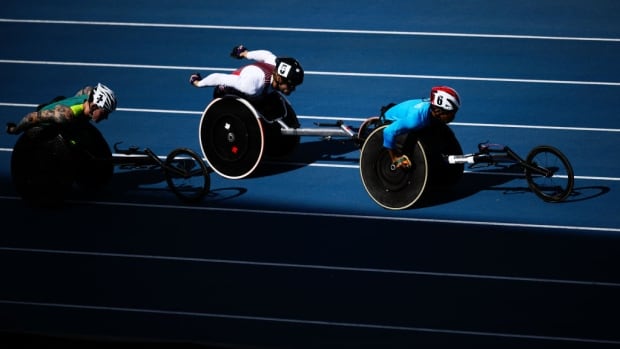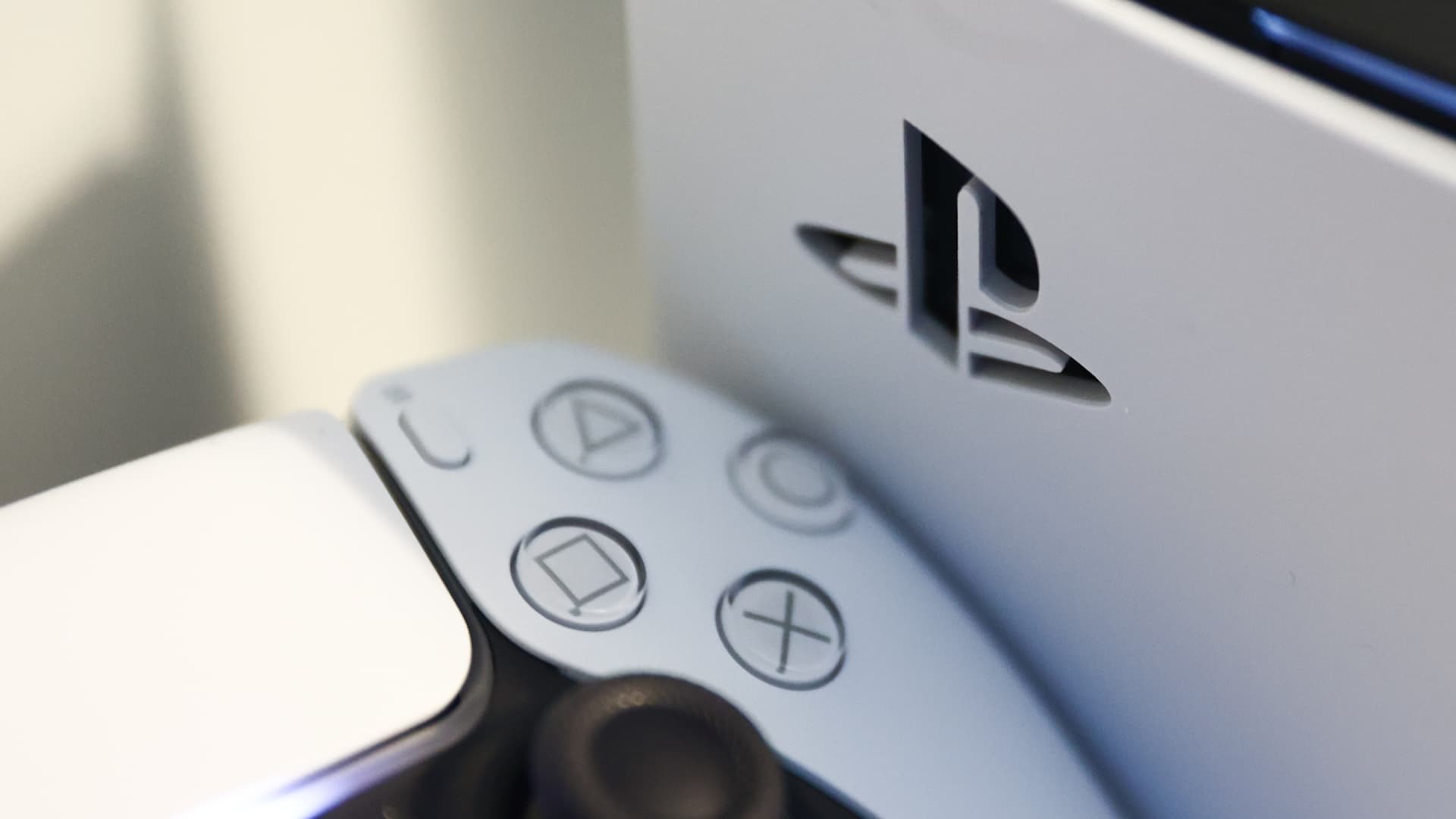A wheelchair racer whips around the track, arms burning in the push for the finish line. A cyclist flies through the velodrome, teetering on the edge of collapse.
In both Paralympic events, lives can change in a matter of seconds.
“It is human NASCAR at some level,” says Canadian wheelchair sprinter Austin Smeenk. “We’re going in a circle trying to see how fast we can do it and optimizing everything to do it as efficiently and effectively as possible. It’s the real deal.”
In able-bodied sprinting, an athlete’s sole focus is on his or her body, with the goal of obtaining peak fitness for the biggest races.
But wheelchair racing introduces a whole other element – the wheelchair itself.
Now, suddenly, there are two areas for optimization.
Smeenk, the 27-year-old from Oakville, Ont., broke through with his first two major medals, a silver and a bronze, at last year’s world championships. In June, Smeenk set the world record in the men’s T35 800- and 400-metre races – accomplishing the latter three separate times.

The two-time Paralympian also holds an electromechanical engineering degree, which makes him acutely aware of how his wheelchair works in concert with his body.
And while Smeenk says it is mainly the athlete that controls speed, a properly built wheelchair can be the difference between reaching the podium or not.
“We continue to use the analogy of you take the same race car and make it lighter, it’s going to go faster. Force equals mass times acceleration; less mass equals more acceleration. So we really honed in that racing chair to be as minimalistic as possible,” Smeenk said.
Smeenk moved to Victoria two years ago to train at the Athletics Canada West Hub at Camosun College, where he works closely with the Camosun Innovates lab to build the best possible chair for himself.
One of the first things he did upon his move, along with coach Geoff Harris, was assess his equipment from every angle possible with the goal of removing any unnecessary weight.
Importance of optimized equipment
Smeenk’s engineering background simplified the process, which also involved Camosun Innovates student and faculty lead Richard Burman.
“I can even draw out my own parts and say, ‘Hey, this is something I’ve thought about, can you guys produce it?'” Smeenk said. “So being able to communicate at a technical level about the fine details, when the details are the things that we’re really starting to blow up and get nitty gritty on, that’s been instrumental.”
But finances, especially compared to F1, are lacking in the Paralympic world. And with research spread so thin across the world, athletes can show up to meets with vastly different chairs or bikes.
Perhaps the main differentiator, however, is that for Paralympians’ equipment to be fully optimized, it must specifically suit each individual athlete.
Smeenk said the individuality is the second-most important piece besides the physical chair itself.

“We sat down with some of the smartest sports scientists in Canada, if not the world, and discussed what is the optimal angle for my arm to contact the rim. At what point do I want to have full extension or do I always want to maintain a little bit of bend behind the elbow?” he said.
“So we calculated all of those ergonomics in order to make sure that I have the best biomechanics relative to the chair – and that’s what gold medallists do.”
‘Always looking at data’
Gold medallists such as Parapan Am cycling champion Alexandre Hayward, the 27-year-old Quispamsis, N.B., native who’s headed to Paris for his first Paralympics.
Like Smeenk, Hayward also owns an engineering degree, which he applies to his bike.
“I’ve done a bunch of aero testing which I feel like some people are maybe a little bit less interested in than I am. So yeah, it’s just a cool opportunity. It’s so sports science based, right? Always looking at numbers, always looking at data. And so I think it’s kind of a really good mix of what I’m interested in,” Hayward said.
WATCH | Hayward readies for Paralympics debut in Paris:
Former wheelchair basketball player set to make Paralympic debut in Paris two years after bursting on the national and international Para cycling stage
The former pro hockey hopeful broke his neck in a game at 16 years old, which resulted in limited feeling in all four limbs.
Hayward said he inserts touchpoints throughout his bike to ensure his fingers are in the right spot, and that his positioning on the bike seat is crucial to get the most out of his body.
Beyond the bike itself, Hayward said equipment choices like socks and helmets can also lead to “free speed.”
“I spend a lot of time reading books on some engineers on some of the pro teams or listening to podcasts and getting a feel for what the able-bodied folks are doing because they always seem to be ahead of the ball and trying to apply it a little bit here and there,” he said.
In the end, all of those little considerations could add up in a big way for Smeenk and Hayward, each of whom are seeking their first Paralympic medal in Paris.
And if those potential podium appearances are earned by tenths or even hundredths of a second, you’ll know why.








